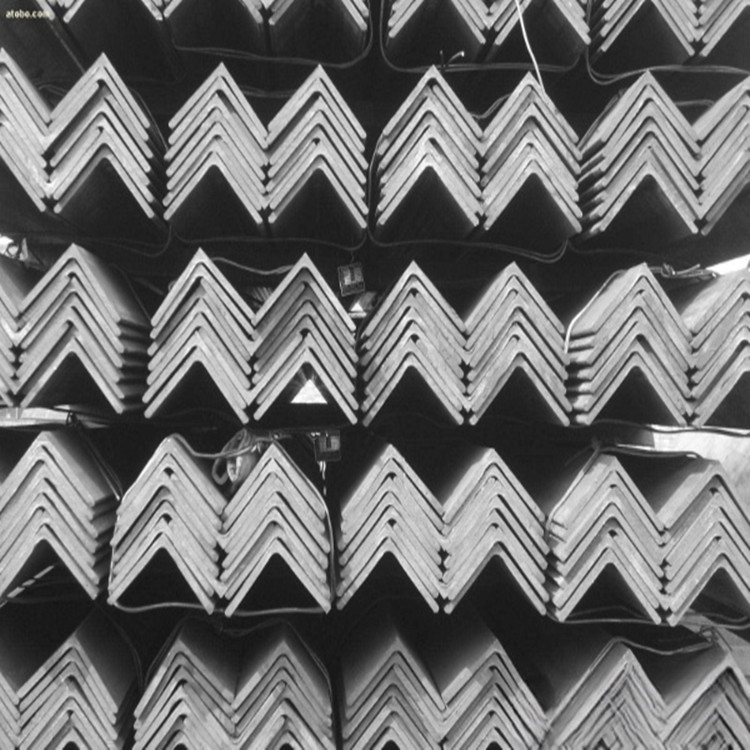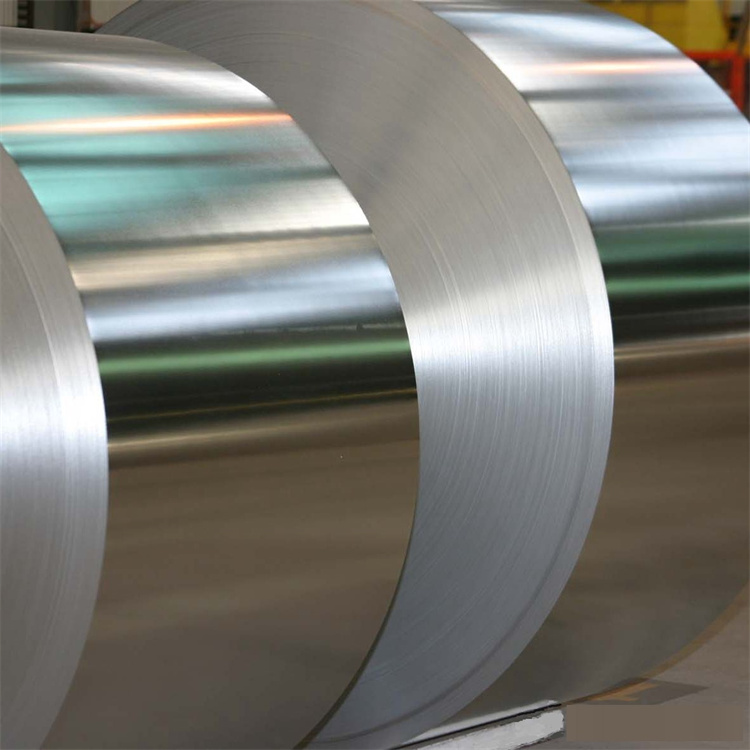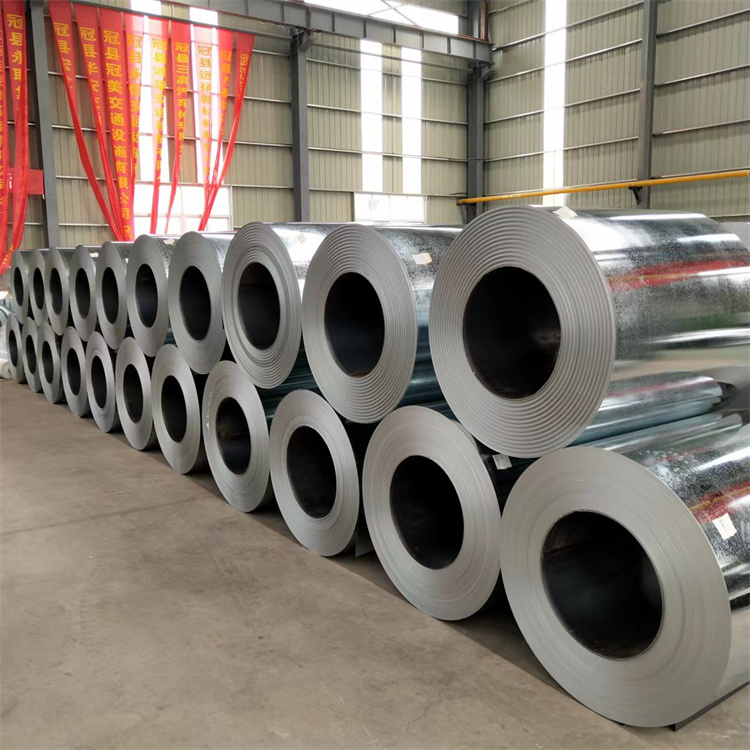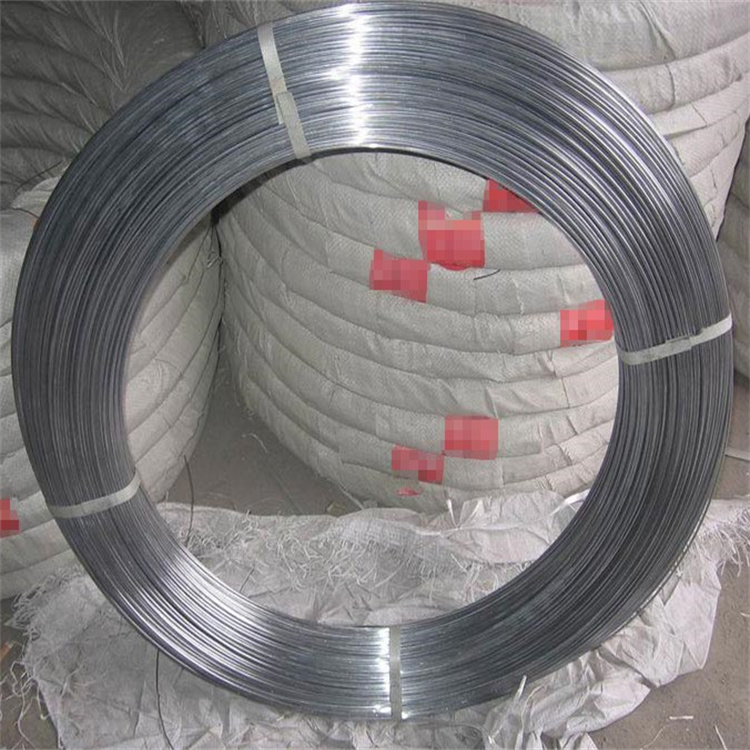Difference Between Hot Rolled and Cold Rolled Steel Coils
Steel is one of the most fundamental materials used in industries around the world, forming the backbone of modern infrastructure, manufacturing, and machinery. Among the various forms of steel available, steel coils are particularly versatile. Steel coils come in two primary forms: hot rolled and cold rolled, each with distinct manufacturing processes, characteristics, and applications. Understanding the differences between these two forms of steel is crucial for manufacturers, engineers, and buyers when selecting the right product for their needs.
Understanding Hot Rolled Steel Coils
Hot Rolled Steel Manufacturing Process:
The hot rolling process involves rolling the steel at temperatures above its recrystallization point, typically around 1,700°F (900°C). Here's how it works:
Heating the Steel Slabs:Large steel slabs or billets are heated in a furnace until they reach extremely high temperatures, making the material more pliable and easier to form.
Rolling the Steel:Once the steel reaches the desired temperature, it is passed through a series of rollers to reduce its thickness and shape it into the final form, such as sheets, plates, or beams. This high-temperature process helps to break up the grain structure in the steel, making it more malleable and easier to work with.
Cooling:After rolling, the steel is allowed to cool naturally. During the cooling process, a layer of oxide forms on the surface of the steel, giving it a rough and scaly texture. This scale is often undesirable for aesthetic applications but can be removed through additional processing (such as pickling) if necessary.
Final Product:Once cooled, the steel is ready for use in structural applications. Hot rolled steel is typically less expensive and is often used in projects where precise shapes and smooth finishes are not critical.
Characteristics:
Tensile Strength: Hot rolled steel typically has lower tensile strength, with values around 45,000 psi (pounds per square inch). This makes it less suitable for applications requiring high strength, though it is still widely used in structural applications due to its ductility and cost-effectiveness.
Yield Strength: The yield strength of hot rolled steel is generally around 30,000 psi. Yield strength refers to the point at which steel begins to deform under stress, which is important for determining how the material will perform under load. Hot rolled steel is less rigid, making it more malleable and easier to form into different shapes.
Surface Finish: The mechanical properties of hot rolled steel include a rough, scaly surface finish caused by the cooling process. The oxide layer formed on the surface can affect corrosion resistance and aesthetic applications, but this roughness is often irrelevant in heavy-duty structural applications where appearance is secondary.
Ductility and Flexibility: Hot rolled steel is more ductile, meaning it can be easily bent, formed, or shaped without cracking. This makes it ideal for structural components like I-beams, railroad tracks, and sheet piling, where malleability is advantageous.
Tolerances: Since the steel shrinks during cooling, the dimensions of hot rolled steel are less precise, with wider tolerances.
Cost: Hot rolled steel is typically cheaper to produce because the process is simpler and doesn't require the high precision of cold rolling.
Applications:
Hot rolled steel is ideal for applications where precise shapes and tolerances are not critical. Common uses include:
Structural components such as I-beams and sheet piling
Railroad tracks
Agricultural and construction equipment
Automotive frames and other components that do not require precise dimensional accuracy

Understanding Cold Rolled Steel Coils
Cold Rolled Steel Manufacturing Process:
Cold rolled steel starts as hot rolled steel but undergoes further processing at room temperature to enhance its properties and improve its finish. The cold rolling process involves several additional steps:
Pickling:The hot rolled steel is first cleaned through a pickling process, which uses an acid bath to remove the oxide layer (scale) that forms during the cooling process. This ensures a clean surface for the cold rolling stage.
Cold Rolling:After pickling, the steel is passed through a series of rollers at room temperature to further reduce its thickness. Because the steel is not heated during this process, it retains its strength and hardness but becomes more brittle due to work-hardening. Cold rolling also improves the material’s dimensional accuracy and surface finish.
Annealing:In some cases, the steel is annealed (heat-treated) to relieve internal stresses and improve ductility after cold rolling. This allows for easier shaping without cracking, making the material more suitable for precision applications.
Final Product:Cold rolled steel has a smoother finish, higher tensile strength, and greater dimensional accuracy than hot rolled steel. This makes it ideal for applications that require tight tolerances and an aesthetically pleasing surface, such as in consumer goods, automotive parts, and furniture.
Characteristics:
Tensile Strength: Cold rolled steel has higher tensile strength, ranging from 60,000 to 80,000 psi, depending on the grade. This increase in strength makes it suitable for precision components and applications that require high performance under stress.
Yield Strength: Cold rolled steel exhibits greater yield strength, typically ranging from 50,000 to 70,000 psi. This makes cold rolled steel more rigid and less prone to deformation, ideal for parts that need to maintain their shape under load.
Surface Finish: One of the most significant advantages of cold rolled steel is its smooth surface finish, achieved through the additional processing steps. This finish makes cold rolled steel perfect for applications requiring a clean appearance, such as in consumer goods and appliances.
Hardness and Toughness: Due to work-hardening during the cold rolling process, cold rolled steel is harder and more brittle than hot rolled steel. It offers higher durability, which is essential for products requiring tight dimensional accuracy and strength, such as automotive parts, furniture, and home appliances.
Tolerances: Cold rolling produces steel with very precise dimensions, making it ideal for applications requiring high precision.
Cost: The additional processing steps involved in cold rolling make it more expensive than hot rolled steel.
Applications:
Cold rolled steel is often used in applications where a superior surface finish, strength, and precise dimensions are critical. Examples include:
Automotive parts
Home appliances
Furniture
Electrical equipment and components
Metal filing cabinets
Precision metalwork
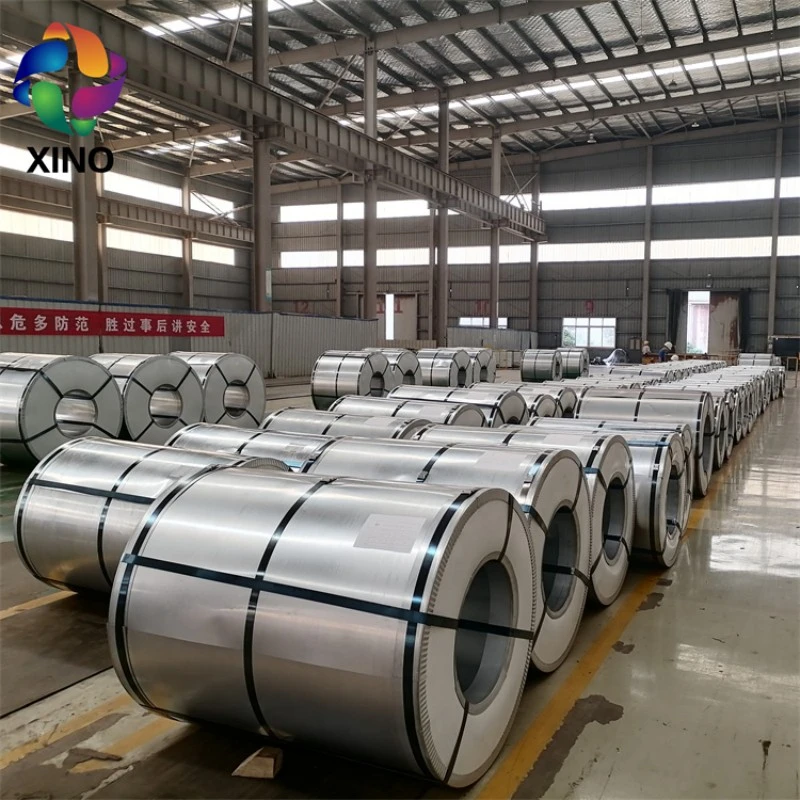
Key Differences Between Hot Rolled and Cold Rolled Steel Coils
1. Processing Temperature:The most significant difference between the two types is the temperature at which they are processed. Hot rolled steel is formed above its recrystallization temperature, while cold rolled steel is processed at or near room temperature. This difference in processing temperatures leads to a variety of differences in terms of strength, tolerances, surface finish, and cost.
2. Surface Finish:Hot rolled steel has a rough, scaly surface due to the cooling process, while cold rolled steel has a smoother, polished appearance because it is rolled and treated at lower temperatures. The superior finish of cold rolled steel makes it more suitable for decorative applications.
3. Tolerances and Precision:Cold rolled steel has tighter dimensional tolerances than hot rolled steel, making it ideal for applications where precision is critical. Hot rolled steel is typically less precise in terms of thickness and shape, making it suitable for structural and large-scale applications where precision is less important.
4. Strength and Hardness:Cold rolled steel is generally stronger and harder than hot rolled steel because of the work-hardening that occurs during the cold rolling process. This makes cold rolled steel more suitable for applications requiring greater strength, while hot rolled steel is preferred for applications where flexibility and formability are more important.
5. Cost:Hot rolled steel is generally cheaper to produce due to its simpler manufacturing process. Cold rolled steel, with its more involved production steps, tends to be more expensive. The decision between hot rolled and cold rolled steel often depends on the budget, as well as the specific needs of the application.
Specific Performance Data
The following data highlights the key differences in the mechanical properties of hot rolled and cold rolled steel, showcasing the advantages of each type:
| Property | Hot Rolled Steel | Cold Rolled Steel |
|---|---|---|
| Tensile Strength | ~45,000 psi | ~60,000-80,000 psi |
| Yield Strength | ~30,000 psi | ~50,000-70,000 psi |
| Surface Finish | Rough, Scaly | Smooth, Polished |
| Precision | Lower precision | High precision |
| Hardness | Less hard | Harder due to work-hardening |
| Ductility | More ductile | Less ductile, more brittle |
Why Is Cold Rolled Steel More Expensive Than Hot Rolled Steel?
The cost difference between hot rolled and cold rolled steel is primarily due to the additional processing required for cold rolled steel. While hot rolled steel undergoes a simpler and quicker manufacturing process, cold rolled steel involves extra steps, which increase production costs. Let's break down the reasons why cold rolled steel is generally more expensive.
1. Additional Processing Steps:
The manufacturing of cold rolled steel involves further processing beyond the initial hot rolling phase. After hot rolling, the steel is cooled to room temperature, then rolled again using specialized machinery. The additional rolling process improves surface quality, enhances mechanical properties, and produces a more precise product. However, this extra step requires more energy, labor, and time, which increases the overall cost of production.
For example, the cold rolling process often includes pickling, where an acid bath removes the oxide layer from the steel's surface, followed by annealing, a heat treatment that softens the metal and makes it easier to manipulate during the cold rolling process. These additional treatments increase costs due to the need for specialized equipment and longer processing times.
2. Tighter Tolerances and Precision:
Cold rolled steel is manufactured to exact specifications, with tight tolerances and precise dimensions. Achieving this level of precision requires advanced machinery and meticulous quality control, which adds to the overall expense.
In contrast, hot rolled steel undergoes less precise rolling, which is why it is typically sold with wider tolerances. The less stringent quality control in hot rolled steel production allows for faster throughput and lower costs. For projects where dimensional accuracy is critical—such as in the production of automotive parts or precision machinery—cold rolled steel is necessary, even at a higher price.
3. Improved Surface Finish:
Cold rolled steel is known for its superior surface finish, which is smooth and free of the rough, scaly appearance seen in hot rolled steel. This improved finish requires more careful handling and processing, contributing to higher costs.
Products like home appliances, office furniture, and car panels demand a polished appearance and high-quality surface finish, making cold rolled steel the better option despite its higher price tag. The smooth surface finish also reduces the need for additional surface treatments, such as sanding or painting, in many applications, saving downstream costs in some industries.
4. Work-Hardening and Strength:
The cold rolling process increases the strength and hardness of the steel through work-hardening, which enhances its mechanical properties. This additional strength can make cold rolled steel more desirable for certain applications, but it also involves higher production costs.
While the initial material cost of cold rolled steel is higher, it offers benefits such as increased durability, making it more cost-effective in the long run for certain applications where strength and performance are critical.
Example:
Consider the automotive industry, where manufacturers often use cold rolled steel for components such as car body panels. The high strength, precise dimensions, and smooth finish make cold rolled steel ideal for these applications, despite the higher upfront cost. In contrast, for structural elements like I-beams or railroad tracks, where surface quality and precise tolerances are less important, hot rolled steel is typically preferred due to its lower price.
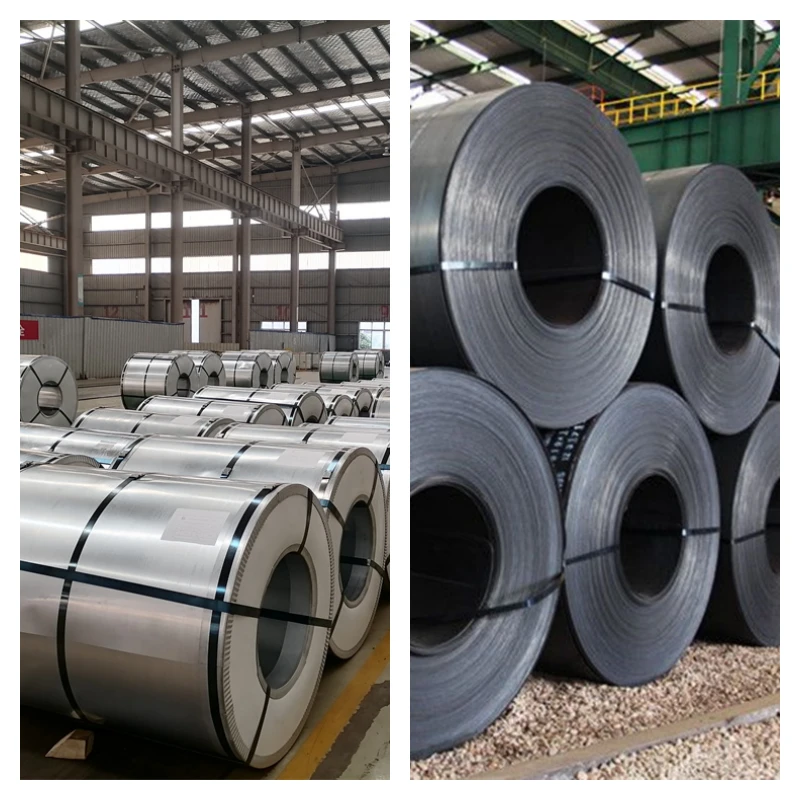
Which Industries Benefit Most from Using Hot Rolled Steel vs. Cold Rolled Steel?
The choice between hot rolled and cold rolled steel largely depends on the specific requirements of the industry and the intended application. Both types of steel offer distinct advantages, and different sectors benefit more from one over the other depending on factors like strength, cost, and precision.
Industries That Benefit from Hot Rolled Steel:
Construction and Infrastructure:Hot rolled steel is widely used in construction due to its ductility, malleability, and lower cost. Applications like I-beams, structural frameworks, and sheet piling make use of hot rolled steel because precise dimensions are not as critical in these large-scale projects. The material’s flexibility makes it easier to shape and form into various structural components.
Example: For the construction of bridges, hot rolled steel is preferred for its ability to be molded into large beams and support structures without requiring high levels of precision.
Railway Industry:The production of railway tracks is another area where hot rolled steel excels. The combination of ductility, wear resistance, and the ability to form long, continuous rails makes it ideal for rail track applications. The rough surface finish of hot rolled steel is not a concern in this case, as the primary focus is on durability and load-bearing capacity.
Heavy Machinery and Agricultural Equipment:Hot rolled steel is commonly used in the manufacture of heavy machinery and agricultural equipment, such as tractors, bulldozers, and cranes. These applications require materials that can withstand heavy loads and stress, where the flexibility of hot rolled steel is advantageous.
Industries That Benefit from Cold Rolled Steel:
Automotive Industry:Cold rolled steel is crucial in the automotive industry, particularly for parts that require high strength, precision, and an excellent surface finish. Cold rolled steel is commonly used in car body panels, where the smooth surface finish reduces the need for additional treatment, and the high strength ensures safety and durability.
Example: Car manufacturers prefer cold rolled steel for exterior panels, as the smooth, polished finish reduces the amount of post-processing required, while the strength provides necessary impact resistance.
Home Appliance Manufacturing:Cold rolled steel is used in the production of home appliances like refrigerators, washing machines, and ovens. The clean surface finish and precision dimensions make it ideal for these products, which require aesthetically pleasing finishes and tight tolerances for parts that must fit together precisely.
Furniture and Office Equipment:Cold rolled steel is also widely used in the manufacture of office furniture, filing cabinets, and shelving units. The smooth finish and high strength make it perfect for products that need to look clean and polished while offering durability.
Conclusion:
Each industry benefits from either hot rolled or cold rolled steel based on specific needs. Hot rolled steel is favored in industries where cost-effectiveness, ductility, and flexibility are key, while cold rolled steel is preferred in sectors requiring precision, strength, and a superior surface finish. Understanding these distinctions helps manufacturers and engineers make informed decisions about which material to use for their applications.
The Common Applications for Hot Rolled vs. Cold Rolled Steel
The distinct characteristics of hot rolled and cold rolled steel make each type suitable for different applications across various industries. Let’s explore where these types of steel are most commonly used.
Applications of Hot Rolled Steel:
Hot rolled steel is valued for its cost-effectiveness, flexibility, and ease of manufacturing. It is often used in applications where precise dimensions and surface finish are not critical.
Construction and Infrastructure:Hot rolled steel is frequently used in large-scale construction projects, including bridges, buildings, and tunnels. It is especially popular for producing structural beams, columns, and steel reinforcements due to its strength, flexibility, and affordability.
Example: I-beams, H-beams, and sheet piling used in the construction of bridges and skyscrapers are typically made from hot rolled steel. In these applications, dimensional precision is less critical than the ability to bear heavy loads.
Railroad Tracks:Hot rolled steel is used extensively in the railroad industry to manufacture tracks. Its ability to withstand wear and tear, as well as its malleability during the manufacturing process, makes it an ideal material for creating long, continuous rail lines.
Heavy Equipment:Large, heavy-duty machinery such as tractors, cranes, and bulldozers often utilize hot rolled steel in their construction. The material’s strength and durability allow it to handle the stress and pressure involved in such applications.
Applications of Cold Rolled Steel:
Cold rolled steel is known for its higher tensile strength, smooth surface finish, and precision. This makes it suitable for applications that require tight tolerances and a clean appearance.
Automotive Industry:Cold rolled steel is widely used in the automotive sector, particularly for producing body panels, roofs, and interior components. The smooth finish and superior strength of cold rolled steel allow manufacturers to create aesthetically pleasing parts that can withstand the rigors of daily use.
Example: Car manufacturers rely on cold rolled steel for body panels because its surface requires minimal post-processing, reducing production costs while delivering a sleek finish for consumers.
Home Appliances:The production of home appliances such as refrigerators, ovens, and washing machines frequently involves cold rolled steel. Its smooth surface finish and precise dimensions make it ideal for appliances that require both functional strength and an attractive appearance.
Furniture and Office Equipment:Cold rolled steel is also commonly used in the manufacture of office furniture, including filing cabinets, desks, and shelving units. These items need to look polished and professional, which is why cold rolled steel’s smooth surface is desirable.
Choosing the Right Steel Coil for Your Application
When deciding between hot rolled and cold rolled steel, several factors come into play:
Surface Finish Requirements: If your application requires a smooth, polished surface, cold rolled steel is the better option.
Precision: For applications where precise dimensions are critical, cold rolled steel's tight tolerances make it ideal.
Strength Needs: If your project requires steel with higher tensile and yield strength, cold rolled steel will provide the necessary performance.
Budget: For large projects where cost is a significant factor and precision is not as critical, hot rolled steel offers a more economical solution.
About China Xino Group
At China Xino Group, we understand the varying needs of industries for steel products and offer a wide range of solutions to meet those needs. As a leading manufacturer and supplier of steel products, including hot rolled and cold rolled steel coils, we provide top-quality materials to ensure your projects succeed.
Our subsidiary, Qingdao Xino Steel & Iron Co., Ltd., is a professional manufacturer of coated steel, including galvanized steel (GI), galvalume steel (GL), PPGI, PPGL, and tinplate. We operate three major production bases with six mills and 24 production lines, ensuring an annual output of 1.5 million tons. This allows us to offer high-quality steel coils that meet global standards.
Whether you need hot rolled steel for structural applications or cold rolled steel for precise manufacturing, we have the right products to fit your needs. Additionally, we provide expert guidance to help you choose the most suitable materials for your projects, along with competitive pricing and reliable logistics.
Our commitment is to continuously deliver high-quality service and products, improving our management systems to create value for both our present and future customers.
Conclusion
Understanding the differences between hot rolled and cold rolled steel coils is essential for selecting the right material for your specific application. Each type offers unique advantages in terms of strength, surface finish, precision, and cost, making it vital to assess your project's requirements carefully.
At China Xino Group, we pride ourselves on offering a wide selection of steel products, ensuring that our customers receive the best quality and service possible. Whether you're working on a large-scale construction project or producing precision components, we have the expertise and products to help you succeed. Contact us today to learn more about our steel coil offerings and how we can support your business.
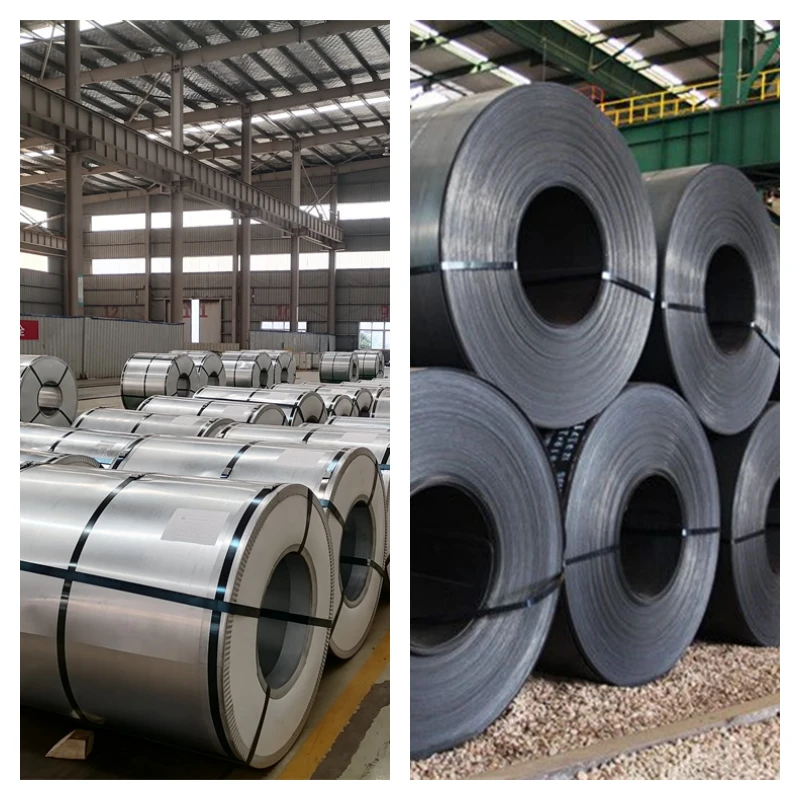
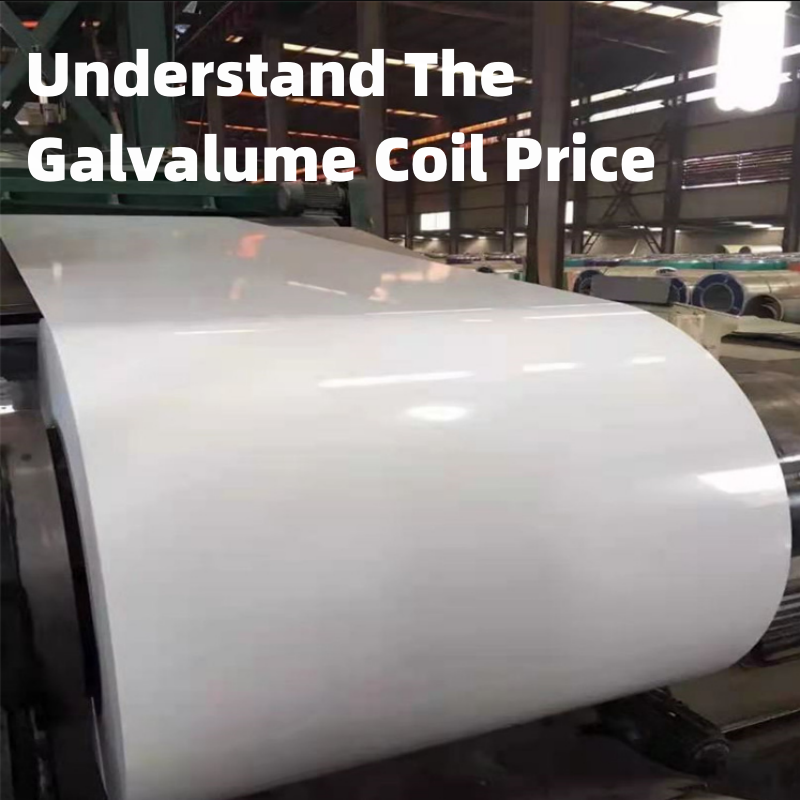
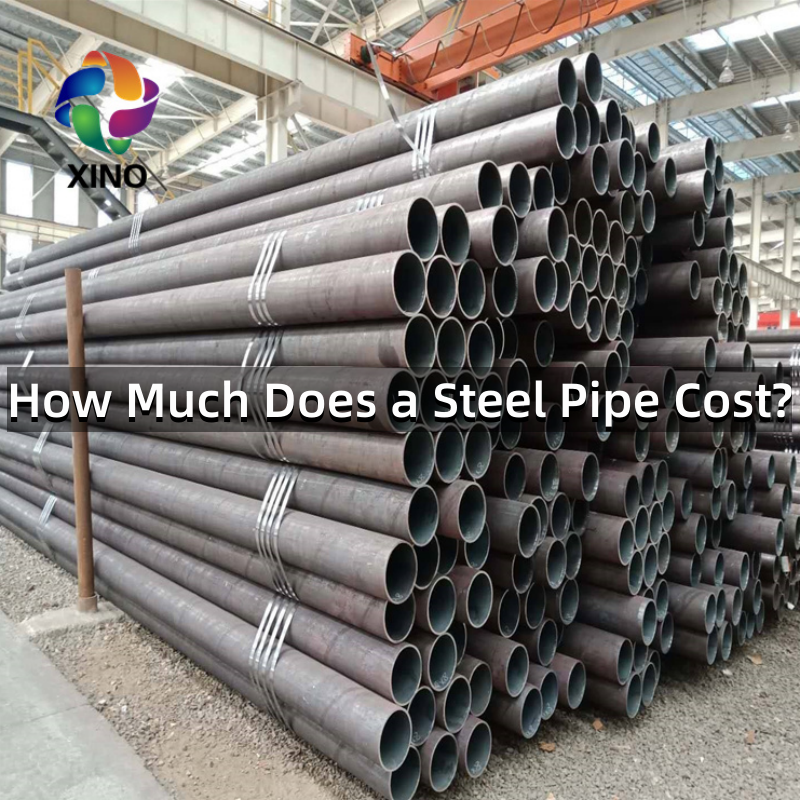
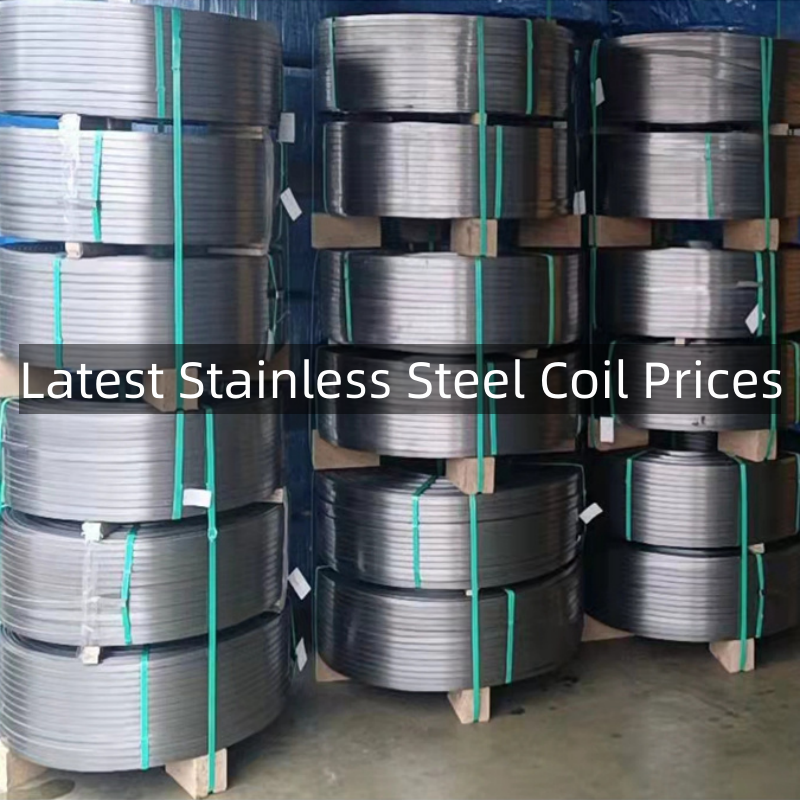
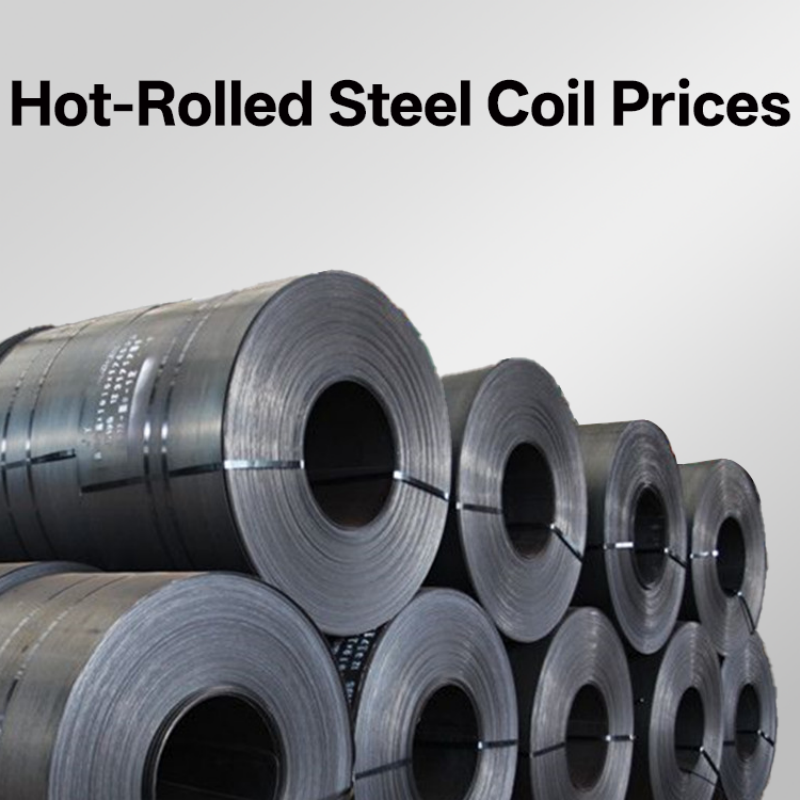
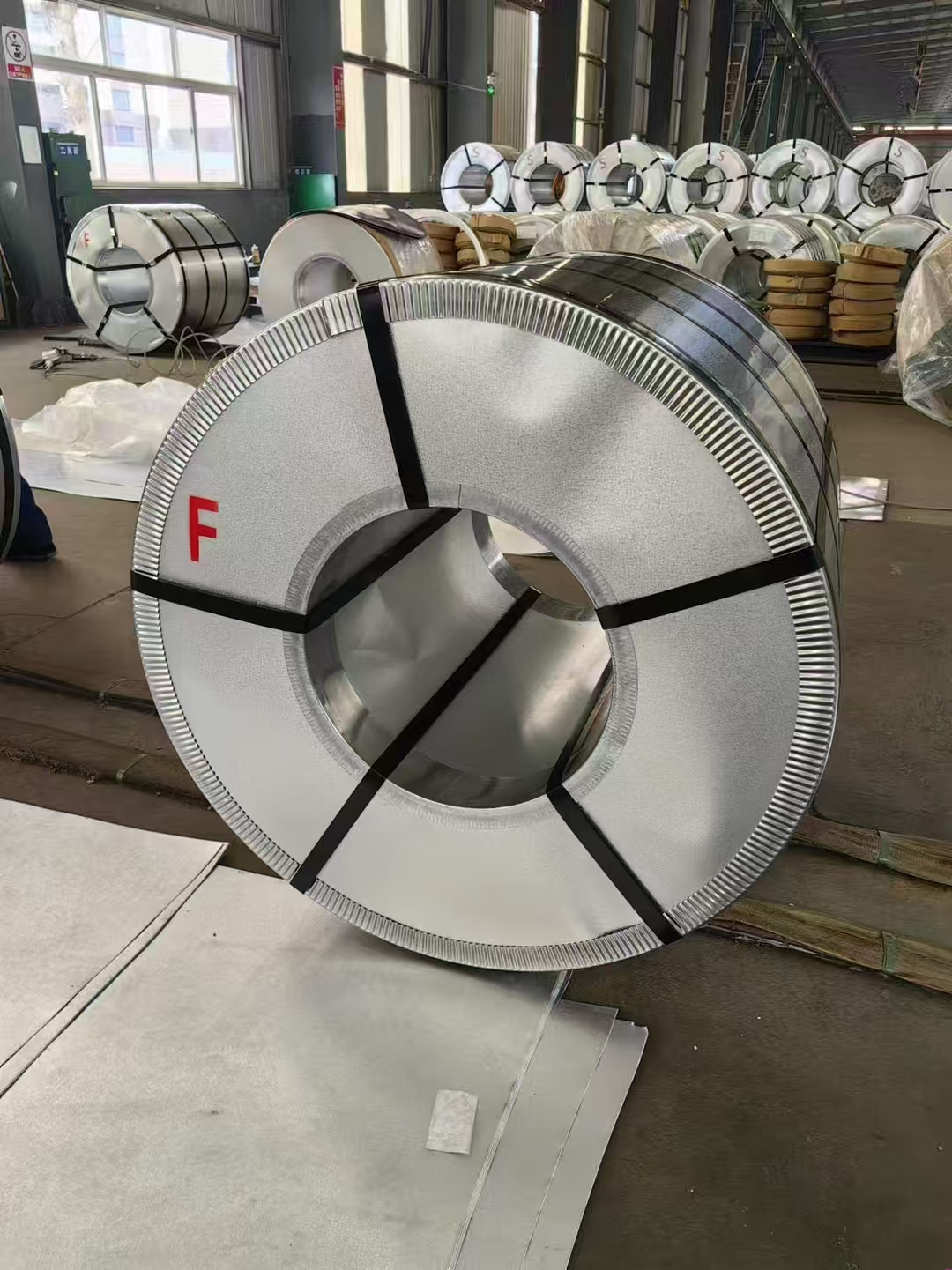

745.webp)
